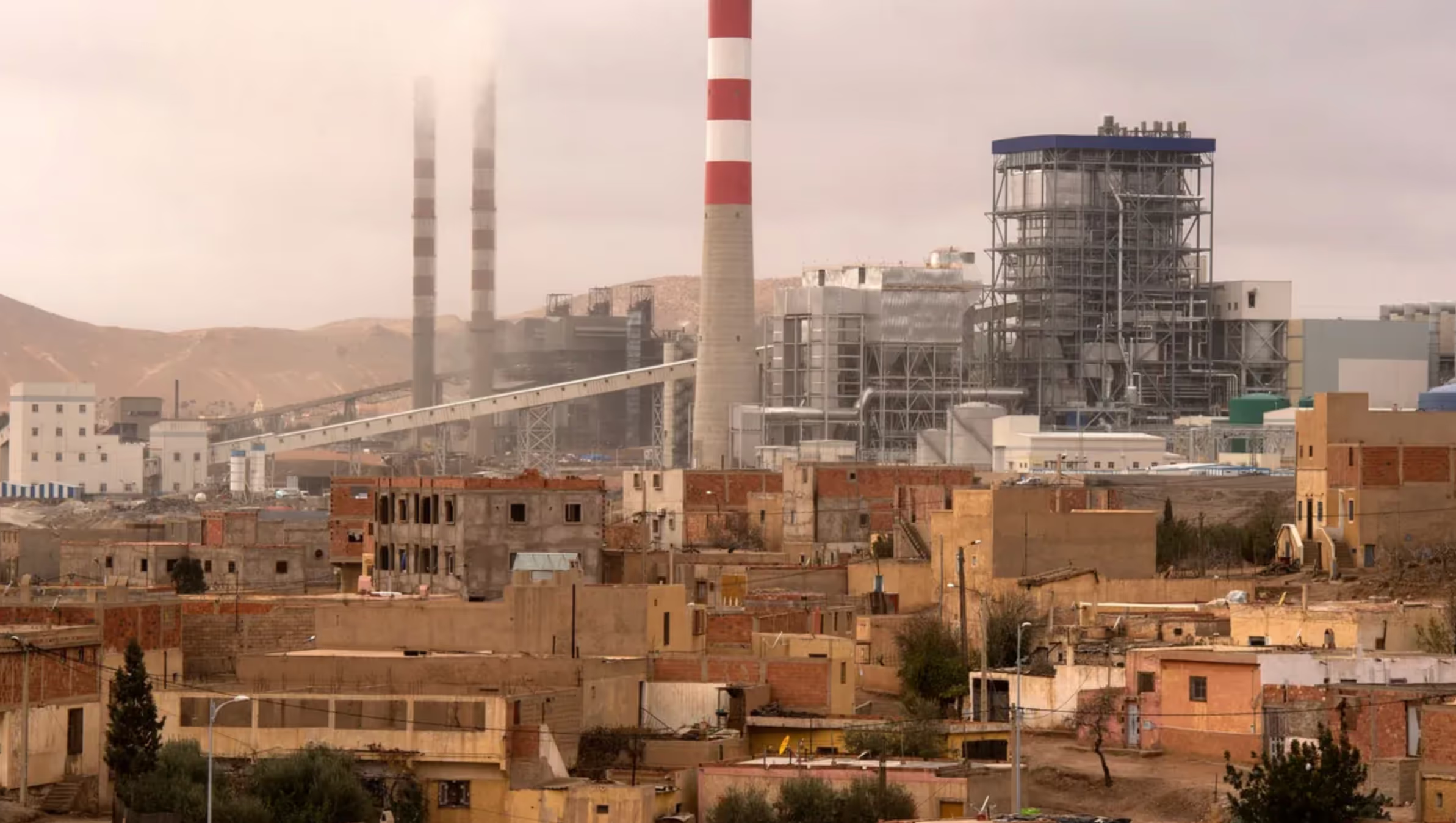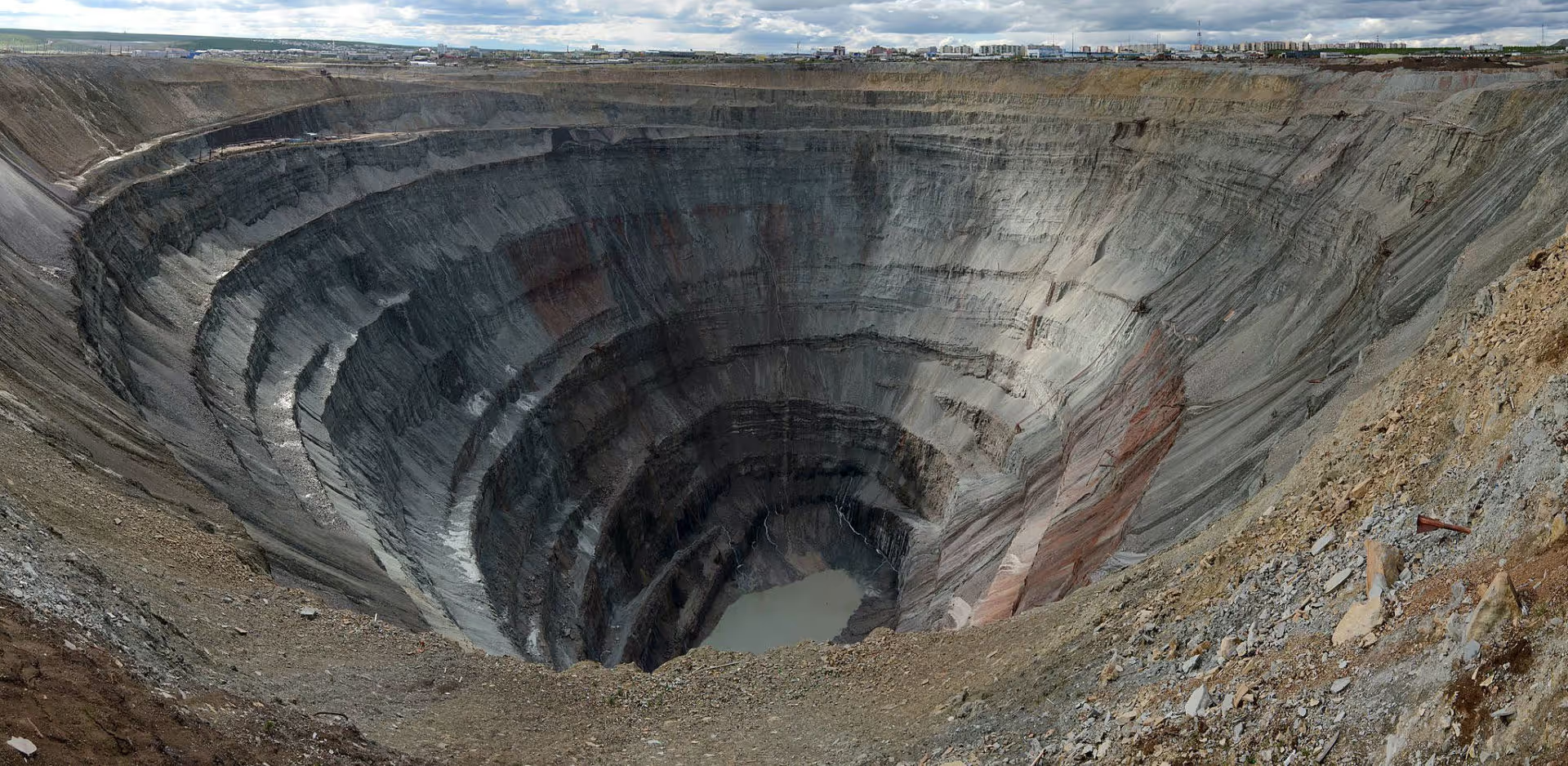Industrial infrastructures invade the earth to allow machines to multiply, a process of artificialization gradually eradicating the organic world. Taking a sufficient step back, we see that the development of machines is essentially a colonizing process. Anything that does not meet the needs of the machine must be redesigned to be adapted. What resists is destroyed.
In the following text excerpt from the book The Whale and the Reactor, Langdon Winner shows how the world of the driver conflicts and tends to replace that of the pedestrian. In fact, it is the entire artificial ecosystem of motorized transport (automobile, truck, bus, bus, bus, bus, bus, plane, plane, plane, cargo, TGV, tram, electric scooter, etc.) that eradicates organic (muscular) mobility in the name of efficiency, power, speed.
How technical means tend to create specific worlds can be observed under familiar circumstances. Let's imagine two men driving along a quiet and sunny street, one on foot and the other in a car. Pedestrians have a certain freedom of movement: they can stop to look at a window, talk to passers-by and bend over to pick a flower. The driver, who has the power to move much faster, is however trapped in the confined space of the car. Its movements are limited by the physical dimensions of the roadway and the Highway Code. His world is spatially structured by his destination, by a periphery of more or less relevant objects (opportunities at a glance from the side), and by a set of more important objects — cars in motion or in parking, bicycles, pedestrians, pedestrians, traffic signs, etc. — that are in his path. Since the first rule of driving is to avoid bumping into external objects, the driver's immediate environment is an obstacle course.
Suppose they are two neighbors. The man in the car sees his friend walking down the street and wants to greet him. He slows down, honks his horn, goes down the window, sticks his head out, and shouts from across the street. Almost certainly, the pedestrian will be frightened or annoyed by the sound of the horn. He looks around to see what is going on and tries to recognize the person yelling at him from across the street. “Are you coming for dinner on Saturday night?” yell at the driver to get through the street noise. “What?” replies the pedestrian, trying to understand. That's when the car stuck behind, which is getting impatient, starts honking to stop this impromptu traffic jam. Unable to say more, the driver drives around.
We have just seen a minor car accident, but not one that caused injuries. It is a collision between The world of the driver and that of the pedestrian. The attempt to transmit a greeting and an invitation, usually simple gestures, is complicated by the presence of the technical medium and its operating conditions. Communication between these two men is structured by an incompatibility between the form of travel called walking and a much more recent form called the automobile. In cities like Los Angeles, where the landscape and manners derive from a universe designed by and for the automobile, the simple act of walking can be a problem. The United States Supreme Court had to decide a case involving a young man who enjoyed taking long evening walks in the streets of San Diego, and who was regularly arrested by the police for suspicious behavior. The Court decided in favor of the pedestrian, noting that he had committed no burglary or any illegal act. Simply walking is not yet a crime.
Knowing how cars are made, how they work, how they are used, and knowing traffic laws and urban transportation policies wouldn't help us much in understanding how cars affect the structure of modern life.
In such cases, a purely instrumental-functional analysis would seriously mislead us. We need to interpret the way, both obvious and subtle, in which the mediation of technical means transforms daily life. In retrospect, this is very clear. Individual habits, perceptions, self-concepts, space-time ideas, space-time ideas, social relationships, moral and political boundaries were all heavily restructured as modern technology developed. What is fascinating about this process is that the societies that adopted it very quickly transformed the fundamental conditions of human life, without seeing it. Major structural transformations in our common world were undertaken without concern for what they entailed. The technology was evaluated on narrow bases, criteria such as the particular usefulness of an invention, its effectiveness, the potential benefit or the practicality of the service provided. The implications of this choice were revealed only afterwards, and typically in the form of a surprising series of “side effects” and “unintended consequences.” Our cultural treatment of technology seems to be characterized by the fact that we are rarely inclined to examine, discuss, or judge proposed innovations by perceiving, in a fairly broad and accurate manner, their consequences. In the realm of technology, we constantly sign a whole series of social contracts whose terms are only revealed after signature.
Langdon Winner







